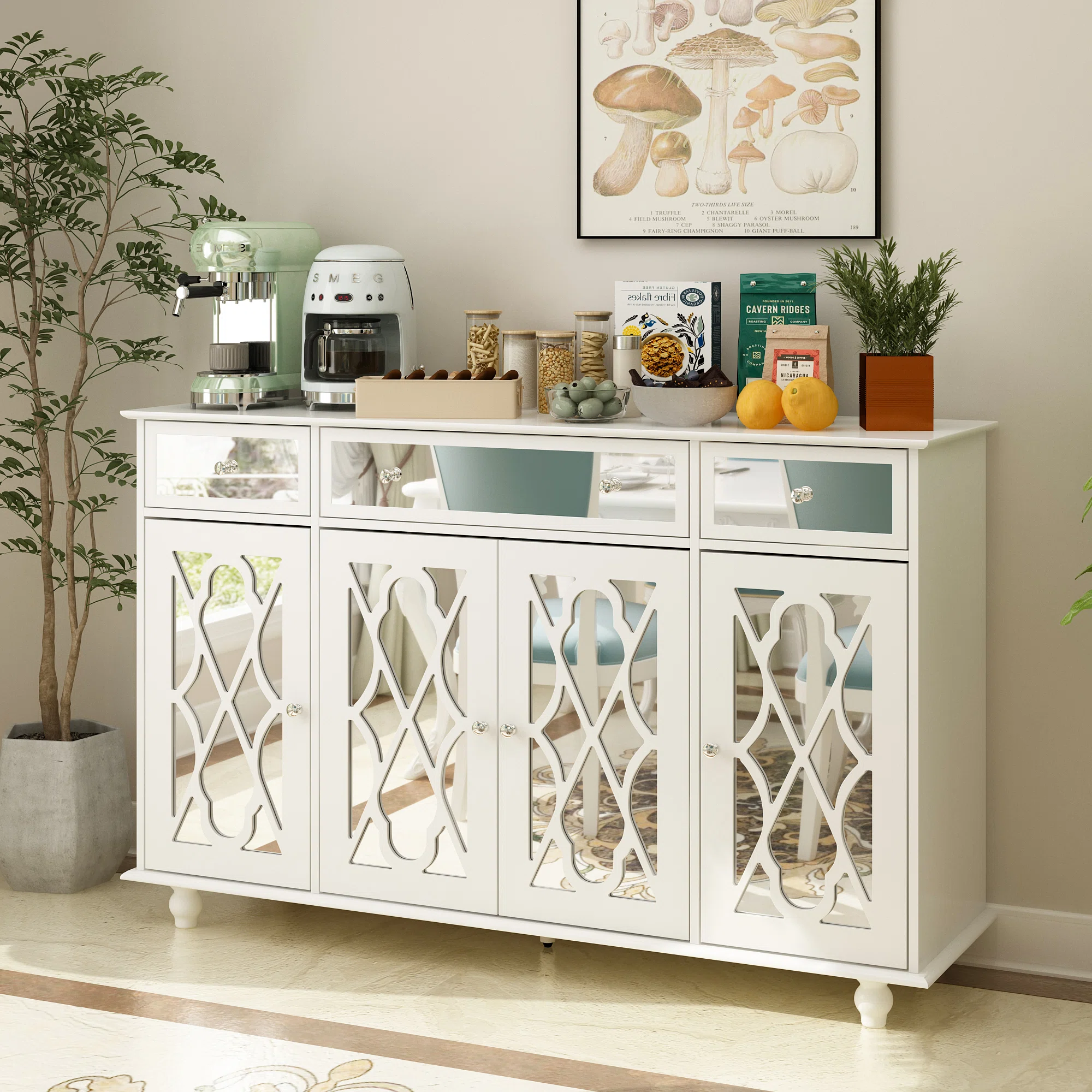The sideboard, a versatile and functional piece of furniture, is often found in dining rooms, living rooms, and entryways. It provides storage space for dishes, glassware, linens, and other items, while also serving as a decorative element. With a wide range of styles, sizes, and materials available, the sideboard can be tailored to suit any home décor.
History and Evolution of Sideboards
The history of the sideboard can be traced back to the 17th century, when it was originally known as a “buffet.” Buffets were used to serve food and drinks at formal dinners and parties. Over time, the sideboard evolved into a more decorative and multifunctional piece of furniture.
Types of Sideboards
Sideboards come in a variety of styles, sizes, and materials to suit different needs and aesthetics. Some of the most common types of sideboards include:
- Server: A server is a type of sideboard that is specifically designed for serving food and drinks. It often has features such as drawers, shelves, and a wine rack.
- Console table: Console tables are narrower and longer than traditional sideboards and are often used in hallways or entryways.
- China cabinet: China cabinets are designed to display fine china and glassware. They typically have glass doors and shelves to showcase the contents.
- Sideboard with hutch: Sideboards with hutches have a top section that can be used for storage or display.
Sideboard Materials
Sideboards can be made from a variety of materials, including:
- Wood: Wooden sideboards offer a natural and warm look. Popular wood choices include oak, maple, cherry, and walnut.
- Metal: Metal sideboards can add a modern or industrial touch to a room. They can be made from various metals, such as steel, iron, or brass.
- Glass: Glass sideboards are a sleek and stylish option that can help to create a sense of openness in a room.
- Marble or stone: Marble or stone sideboards can add a luxurious and sophisticated look to a space.
Choosing the Right Sideboard
When selecting a sideboard, consider the following factors:
- Size: The sideboard should be the right size for the space where it will be placed.
- Style: The sideboard’s style should complement the overall décor of the room.
- Functionality: Consider whether you need a sideboard with additional features, such as drawers, shelves, or a wine rack.
- Material: Choose a material that is durable and matches your personal style.
The sideboard is a versatile and functional piece of furniture that can add both style and storage to your home. By carefully considering your needs and preferences, you can choose the perfect sideboard to complete your space.

